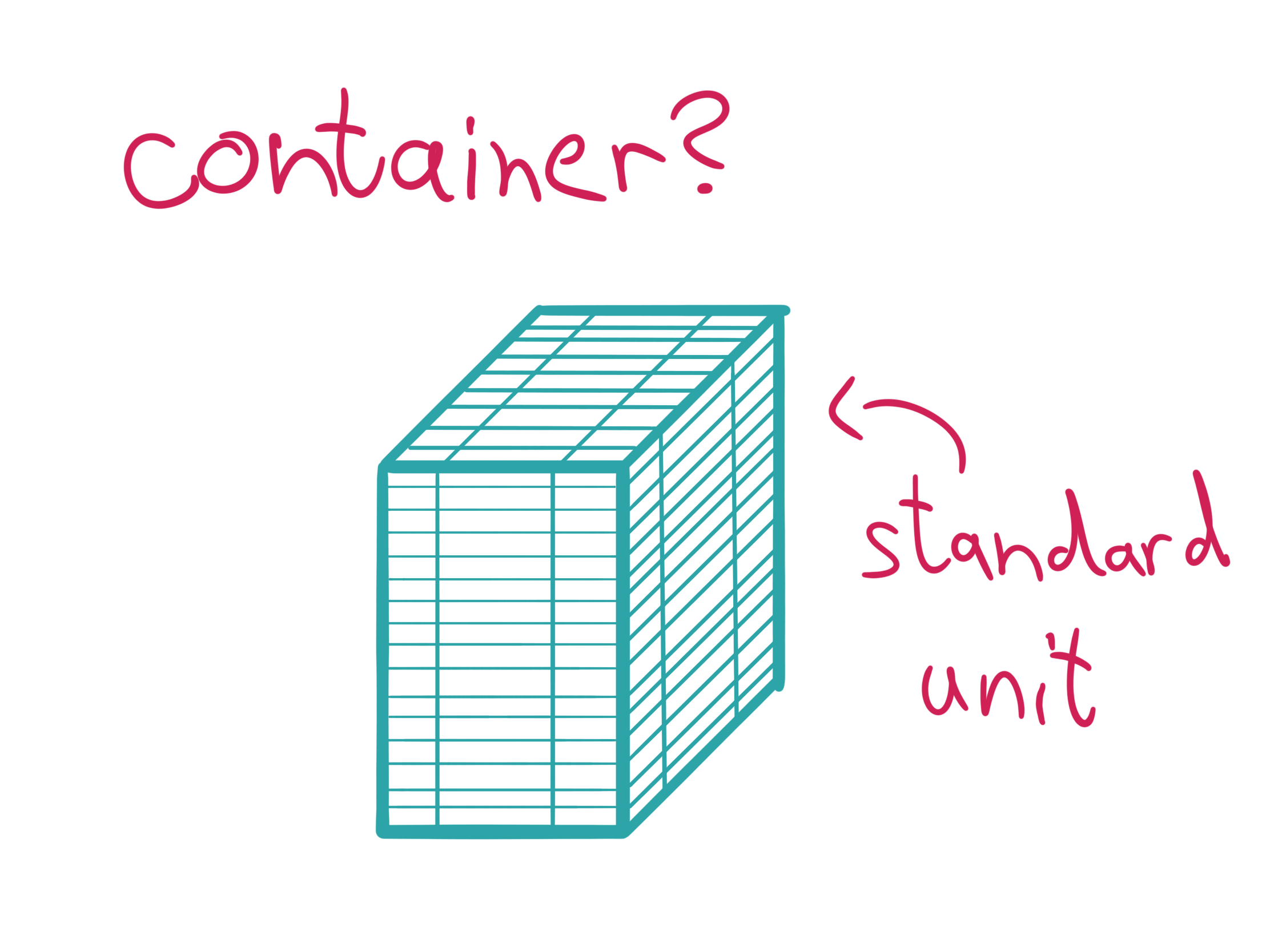In recent years, containers and Kubernetes have revolutionized the way we develop, deploy, and scale applications. Containers offer lightweight, isolated environments that ensure consistency across different computing environments, while Kubernetes provides a robust orchestration platform for managing containerized applications at scale.
Containerization has become a major trend in software development with tools like Kubernetes and Docker to help teams better manage their app performance and infrastructure reliability.
"Containers will soon become the basic unit of software delivery." - Ben Golub, former CEO of Docker.
"Kubernetes is the future of computing." - Brendan Burns, co-founder of Kubernetes and Corporate Vice President at Microsoft.
In this blog post, we will explore the fundamentals of containers and Kubernetes, their benefits, and how they work together to empower modern software development and deployment.
Understanding Containers:
Definition: Containers are a lightweight form of virtualization that encapsulates applications and their dependencies, enabling them to run consistently across different computing environments.

Benefits of Containers:
Portability: Containers package applications and their dependencies into a single unit, making them portable across different operating systems and platforms.
Scalability: Containers enable horizontal scaling by allowing the replication of application instances across multiple hosts.
Isolation: Each container operates in its own isolated environment, ensuring that applications don't interfere with each other and providing enhanced security.
Docker: Docker is a popular containerization platform that simplifies the creation, distribution, and deployment of containers. It provides an extensive ecosystem of tools and services for working with containers.

Introduction to Kubernetes:
Definition: Kubernetes is an open-source container orchestration platform that automates the deployment, scaling, and management of containerized applications.
Core Concepts:
Pods: The basic unit of deployment in Kubernetes, consisting of one or more containers grouped togethe

Deployments: A higher-level resource that manages and maintains a set of identical pod replicas, ensuring availability and scalability.
Services: A networking abstraction that enables access to a set of pods, providing load balancing and service discovery.
Replication Controllers and Replica Sets: Legacy resources used for managing pod replicas, which have been superseded by Deployments.
Key Features of Kubernetes:
Automatic Scaling: Kubernetes can automatically scale the number of pod replicas based on resource utilization or custom metrics.
Service Discovery and Load Balancing: Kubernetes provides a built-in DNS-based service discovery mechanism and load balancing for distributing traffic to application pods.
Rolling Updates and Rollbacks: Kubernetes supports seamless updates and rollbacks of applications, ensuring zero-downtime deployments.
Self-Healing: Kubernetes monitors the health of pods and automatically restarts or replaces them in case of failures.
Container Orchestration with Kubernetes:

Deployment Workflow: Walkthrough the typical workflow of deploying a containerized application using Kubernetes, including creating container images, defining Kubernetes manifests, and applying them to the cluster.
Declarative Configuration: Kubernetes relies on declarative configuration files (YAML or JSON) to specify the desired state of the application, allowing for easy replication and version control.
Scaling and Load Balancing: Demonstrate how Kubernetes can scale application replicas based on metrics and distribute traffic using Services and Ingress controllers.
Rolling Updates and Rollbacks: Explore how Kubernetes facilitates rolling updates to application deployments while maintaining availability, and how it supports rollbacks in case of issues.
Monitoring and Logging: Discuss the importance of monitoring and logging in a Kubernetes environment, and introduce popular tools and best practices for observability.
Conclusion:
Containers and Kubernetes have transformed the software development and deployment landscape, offering increased portability, scalability, and efficiency. Understanding the basics of containers and Kubernetes empowers developers and system administrators to leverage the full potential of these technologies. By adopting containerization and embracing Kubernetes, organizations can build and manage resilient, scalable, and highly available applications in the dynamic world of modern software development.
Remember, this blog post is just scratching the surface of the vast possibilities and capabilities that containers and Kubernetes bring to the table. Continuously exploring and mastering these technologies will ensure that you stay ahead in the rapidly evolving world of cloud-native application development and deployment.
